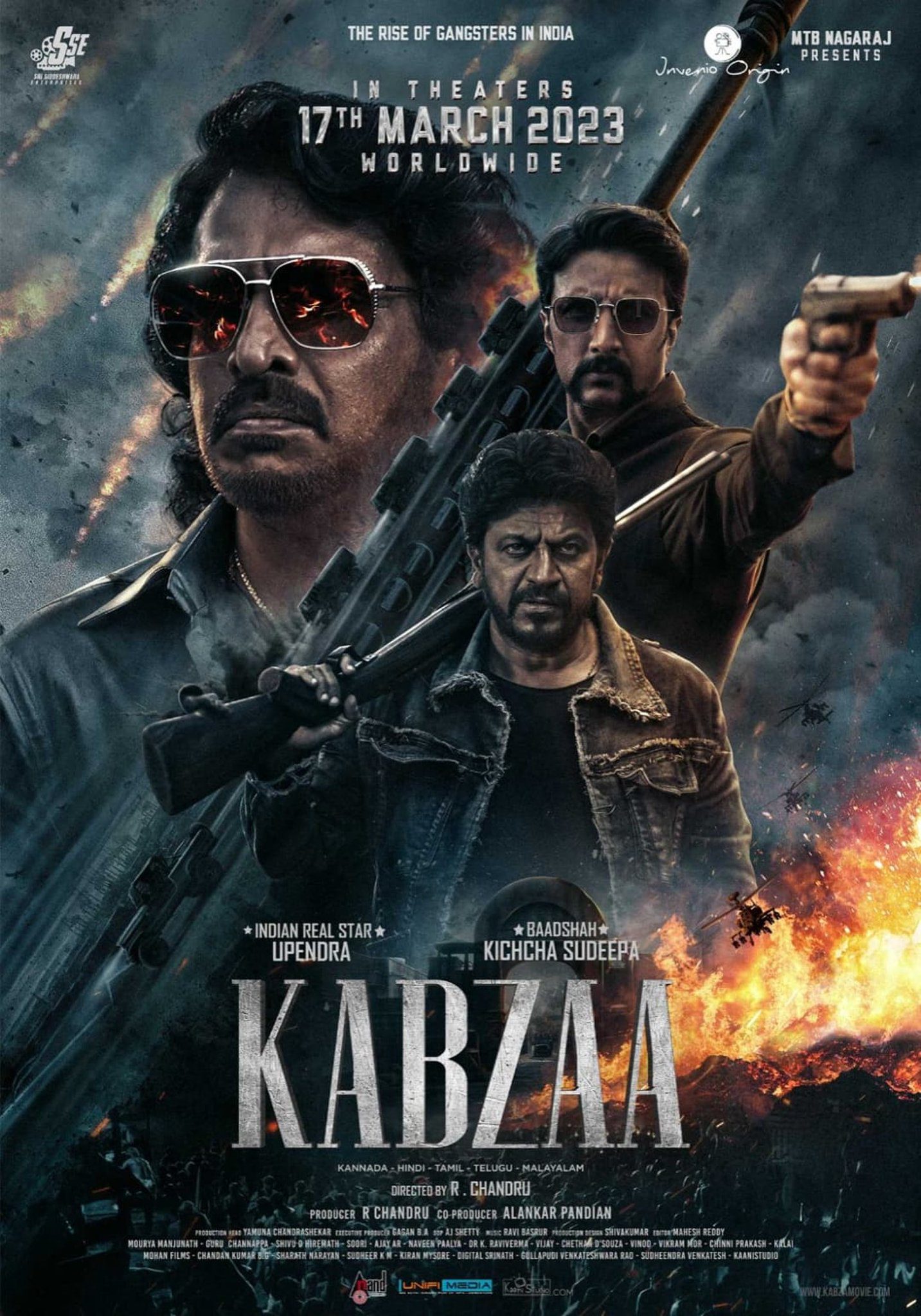Why does the Kannada film industry continue to captivate audiences across India and beyond? The answer lies in its rich storytelling tradition, vibrant performances, and innovative filmmaking techniques. This article delves into the latest developments in the Kannada cinema scene, focusing on recent releases like Kranti and Salaga, as well as upcoming projects such as Joe. These films exemplify the growing influence of Kannada movies within the broader Indian film landscape.
In 2023, the release of Kranti marked another milestone for the Kannada film industry. Directed by V. Harikrishna, this action drama features Darshan and Rachita Ram in pivotal roles. Produced under Media House Studio by B. Suresha and Shylaja Nag, Kranti showcases high-octane action sequences combined with engaging character arcs. Similarly, Salaga, released in 2021, demonstrated the versatility of Kannada filmmakers through its unique narrative structure and stellar performances led by Duniya Vijay and Sanjana Anand. Meanwhile, the much-anticipated Joe, starring Rio Raj and Malavika Manoj, promises to further elevate the profile of dubbed films targeting pan-Indian audiences.
| Name | Darshan |
|---|---|
| Date of Birth | February 6, 1974 |
| Place of Birth | Bangalore, Karnataka, India |
| Career | Actor, Producer |
| Notable Works | Kranti (2023), Suprabhatha (2022), Jai Bhim (2021) |
| Awards | Multiple state awards for acting and contributions to cinema |
| Reference | Wikipedia - Darshan |
The impact of these films extends beyond entertainment value; they contribute significantly to cultural exchange among regional communities. For instance, platforms like Movierulz have facilitated access to various genres including Bollywood, Hollywood, and regional languages such as Telugu, Tamil, Malayalam, Bengali, and Kannada. Such accessibility fosters greater appreciation for diverse narratives while encouraging collaborations between different linguistic groups.
Kranti specifically highlights themes pertinent to contemporary society—justice, empowerment, and resilience. Its director V. Harikrishna skillfully blends traditional values with modern sensibilities, ensuring relevance across generations. Moreover, supporting actors like Ravichandran add depth to the storyline, making it resonate more profoundly with viewers. On the other hand, Salaga, directed by newcomer Duniya Vijay, explores psychological thriller elements uncommon in mainstream Kannada cinema. By experimenting with unconventional plots, filmmakers are pushing boundaries and attracting new demographics who seek fresh perspectives.
As we look forward to Joe, expectations remain high given its star cast and promising premise. Rio Raj's portrayal alongside newcomers Malavika Manoj and Bhavya Trikha could redefine what audiences expect from dubbed films. Furthermore, advancements in digital technology enable higher production quality standards, enhancing visual appeal without compromising authenticity. Thus, each successive project builds upon past successes, setting benchmarks for future endeavors.
Beyond individual films, collective efforts from producers, directors, technicians, and artists sustain momentum within the industry. Initiatives promoting talent discovery programs, workshops, and mentorship opportunities ensure continuous growth. Additionally, international film festivals provide exposure necessary for global recognition. As evidenced by increasing viewership numbers both domestically and internationally, Kannada cinema continues to thrive thanks largely to unwavering dedication towards preserving heritage while embracing innovation.
While challenges persist regarding piracy concerns addressed partially via legitimate streaming services like Movierulz, stakeholders remain optimistic about overcoming obstacles collaboratively. Legal frameworks must evolve alongside technological advancements to safeguard creators' rights effectively. Simultaneously, emphasis should focus on nurturing original content creation rather than mere replication or adaptation.
Ultimately, the Kannada film industry serves not only as a medium of expression but also as an agent of social change. Through thought-provoking stories delivered convincingly by committed professionals, it inspires hope, provokes dialogue, and strengthens communal bonds. With every passing year, there seems little doubt that this vibrant sector will continue shaping cultural discourse positively far into the foreseeable future.

